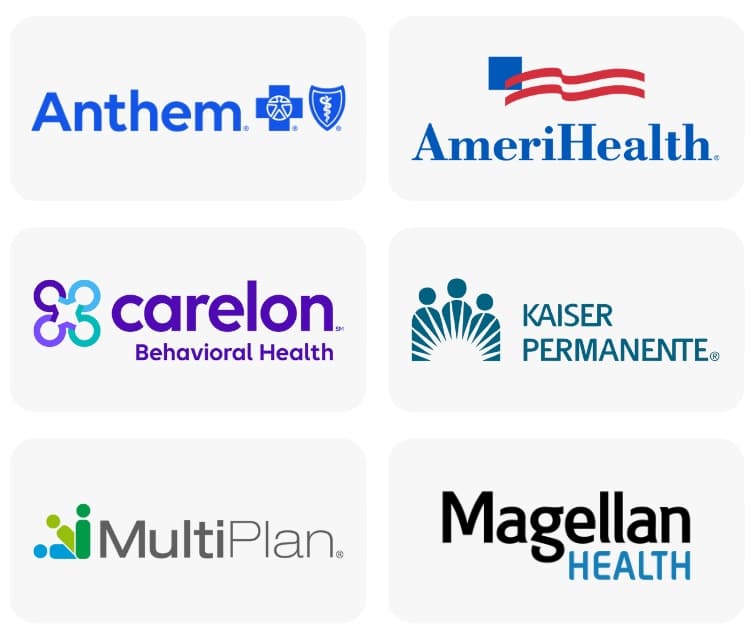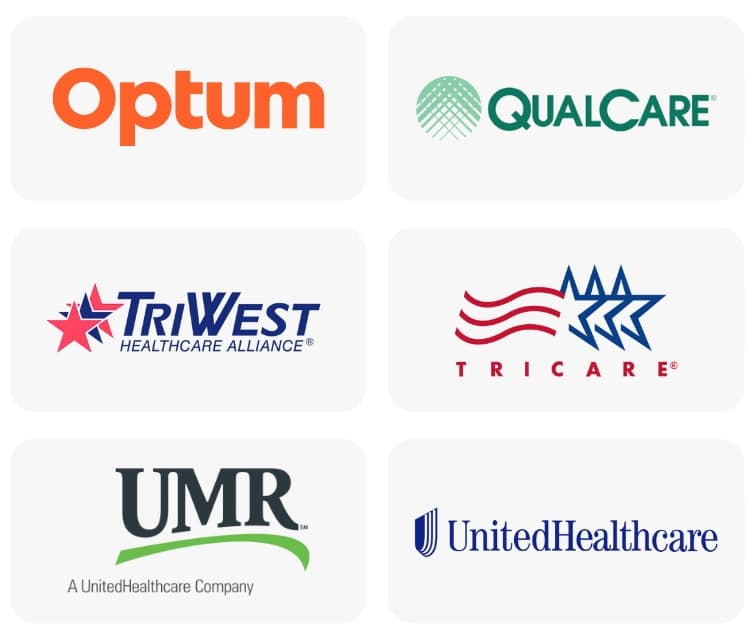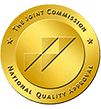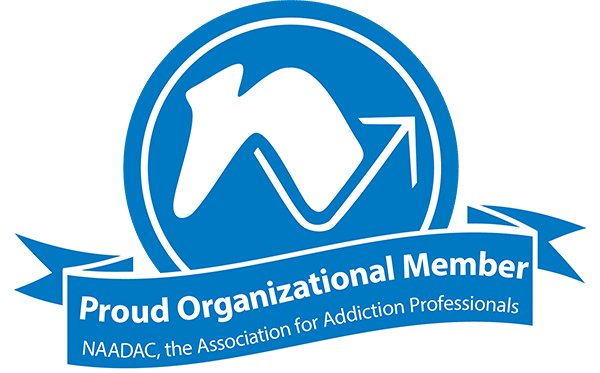Skip To Section
Recovery doesn’t end when treatment is over. Sober living and recovery homes provide ongoing structure and support by cultivating a drug-free lifestyle where you can live safely and comfortably with like-minded peers.
What Is Sober Living?
Sober living is also known as recovery housing, transitional housing, or independent living. It offers a monitored living environment for people in recovery from drugs or alcohol.
You can live in a recovery home while you’re attending addiction treatment, and some people continue living in recovery housing even after finishing treatment.
Over 70% of Footprints to Recovery clients choose recovery home living.

How Can Sober Living Help You Stay Sober?
Sober living homes help people maintain sobriety through specific rules and regulations. Common sober living house rules include:
- Maintaining abstinence from all mood-altering substances
- Paying your own expenses and rent
- Participating in any mandatory household activities, like chores
- Complying with all drug and alcohol tests
- Adhering to any curfew and overnight rules
- Having a plan to maintain recovery through meetings, therapy sessions, and relapse prevention plans
A quality sober living home allows you to integrate your recovery into your life in the real world. Most residents attend outpatient treatment, work, or school during the day. They return home by curfew. For some, this option provides a necessary alternative to a toxic home environment. The goal of a sober living home is to be safe, stable, and supportive.
How Does a Sober Living Home Enforce Rules?
Sober living environments have house managers who oversee the home — some may stay on-site, while others may have rotating managers who visit the home regularly. House managers play an important role in maintaining a safe and supportive environment for residents of sober living homes.
They are responsible for setting and enforcing rules, conducting drug tests, and providing ongoing support to those in recovery. This can include offering guidance and resources for finding employment or further treatment options, as well as being available to listen and offer advice when needed.

What’s It Like to Live in a Recovery Home?
Residing in a sober living house can be a lot of fun! Some people compare the environment to living in a college dorm. In simple terms, you’re living among other peers excited about their recovery.
All sober living environments are different. Some homes have shared rooms and bathrooms; others have private options.
Some homes offer their services a variety of clients, while other homes cater to specific populations, such as:
- LGBTQ+
- Pregnant women or new mothers
- Older adults
- Working professionals
- Individuals in early recovery
Recovery can be undoubtedly challenging. Having extra support and accountability makes a tremendous difference. Knowing that you’re living among other sober people can help you stay on the right path. You’ll feel safe, comfortable, and motivated to keep moving forward yourself.
How Is Sober Living Different Than Other Rehab Programs?
Sober living is housing. There are no clinical services offered at the facility because it’s not considered treatment. If you’re receiving formal treatment, like partial hospitalization or intensive outpatient, you’ll attend your sessions at a treatment center and return to your recovery home at night. If you’re not in a treatment program through a treatment facility, you may be attending 12-step meetings in the community or another group.
Self-Assessment: Am I Addicted?
"*" indicates required fields
Contact Form
Would you like help?
"*" indicates required fields
How Do I Know If I’m Ready to Move Into Sober Living?
Many people are ready to transition into sober living after completing detox and residential treatment. Sober living can be a fantastic resource for people still receiving outpatient services as well. It can also be helpful for people who have finished treatment altogether. Sober living can be a good choice for almost anyone!
There are a few things you can do to help you make a decision:
- Speak to your case manager and/or therapy to get their opinion about whether sober living would benefit you.
- Understand the cost by speaking with the staff at a recovery home.
- Research homes that are convenient to you, and ask for a tour.
- Talk to any friends or family who have lived in recovery homes to see what their experiences were like.
- Ask yourself whether you’re committed to your recovery and would like to be supported by other people who are too.
How Long Do I Have to Live In Sober Living?
Moving into and out of a sober living home is a choice. And there’s no rule about how long you should stay. Some people reside in recovery homes for a few months. Others may stay for a year or longer. Typically, as long as you abide by the rules, you are free to remain in the home as long as you need.
If you feel ready to leave, it’s a good idea to talk about your feelings with someone else. Impulsive decisions can be dangerous in early recovery. Consider talking with your counselor, therapist, or a trusted friend. It’s essential to have a secure living plan.
What Happens After Sober Living?
After sober living, most residents obtain their own housing. They may choose to live with other sober roommates, or they may return to their family. Some people opt to live alone.
Ideally, you will learn essential life skills in your sober living. It’s okay if you don’t know how to cook or do laundry when you arrive. You will learn, and you will be that much more prepared to manage your own living arrangement afterwards!
That said, regardless of your housing, it’s important to stay connected with your recovery community. Addiction can fester in isolation. Be mindful of the risk of relapse, and take care of yourself and your sobriety.
Benefits of Sober Living Programs
When considering a sober living program for addiction recovery, it is important to know the benefits. There are many advantages to sober living, including:
- A structured and supportive environment with like-minded people who understand the importance of sobriety
- Total restrictions on drugs or alcohol to reduce the risk of relapse
- An increased sense of accountability through curfews and random drug testing that encourages responsibility
- Regular meetings with counselors, sponsors, and peers
- The opportunity for personal growth through learning life skills such as budgeting, time management, and communication
- Practical support in finding a job or applying to college or trade school
- Access to social activities that encourage healthy relationships and personal development
- A greater sense of independence and freedom from the control of drugs or alcohol
Sober living provides individuals with an opportunity to become part of a new, sober community as they rebuild their lives. Sobriety can be a difficult transition, but the rewards are immense when individuals take the time to work on themselves and find new passions and support.
With access to resources such as 12-step programs, sober living communities, and other community organizations that promote sobriety, individuals may find spiritual growth in addition to practical solutions for daily life. As a result, people in sober living continue to practice using the tools necessary for lifelong sobriety which can help ensure a successful and fulfilling life.
Does Insurance Cover a Recovery Home?
No, insurance does not cover sober living homes because sober living isn’t treatment. Residents are responsible for paying their rent each month.
The cost of sober living depends on the location and the type of home itself. For instance, some sober living homes have special amenities like:
- Pools
- Security systems
- Private bedrooms
- Private bathrooms
- Extensive landscaping
Homes with these amenities tend to cost more. Make sure you understand the fees before moving in. If finances are a concern, some sober living homes offer sliding-scale costs.
If you are interested in or decide you need sober living, our admissions coordinators will work with you to connect you to honest, safe, and nurturing providers in our communities. Contact us about current availability.
Is Sober Living Right For Me?
It is important to note that sober living homes may not be suitable for everyone. For instance, those who are actively struggling with substance abuse are more suited for in inpatient treatment program. For this reason, it is essential to speak to an addiction professional who can make a proper assessment of your unique needs.
To get the most success out of a sober living home environment, it is recommended that a client complete some level of clinical addiction treatment prior to entering. In doing so, individuals will be better equipped to handle the stressors and triggers that come with being in a sober living home. Additionally, having some underlying therapy can help make the transition into sober living easier.
Programs To Consider Before Sober Living
There are many different addiction treatment programs available for individuals seeking to recover from substance abuse. It is important to research the various options and find one that best meets your needs.
At Footprint to Recovery, our addiction treatment professionals can provide guidance and assistance as you seek out a program that fits your individual needs. Our team will work with you to make sure that you get the highest level of care and support available, so that you can successfully transition into a sober living environment.
We also offer a full scope of addiction treatment to help you through every step of your journey. From detoxification to aftercare, we can provide the support and guidance that you need to get back on track.
Addiction Treatment Programs
Footprints to Recovery offers a full continuum of care at our drug rehab centers that cater to your specific needs and goals for recovery.
Medical Detox
Detox is a safe and effective way to manage withdrawal symptoms and reduce the physical discomfort of addiction recovery. With professional support, detox services help individuals safely overcome addiction, ease withdrawal, and take the first step toward lasting recovery. Whether you’re starting your journey to sobriety or seeking support for a loved one, detox programs provide the care and guidance needed for a healthier, addiction-free life.
Residential Treatment
Residential treatment programs offer round-the-clock medical care and a variety of therapy options, making them ideal for individuals who need intensive support. These programs are specifically designed for people struggling with substance abuse, addiction, and co-occurring mental health disorders. With 24/7 care and a structured environment, residential rehab programs provide the comprehensive treatment needed to achieve lasting recovery.
Partial Hospitalization Program
Our partial hospitalization program offers a flexible and effective solution for those seeking addiction recovery. Clients can attend treatment five days a week, with 4-6 hours of comprehensive clinical addiction therapy each day. This program is designed to provide intensive support while allowing individuals to maintain a balanced schedule. If you’re looking for a trusted addiction treatment program that fits your needs, our partial care option could be the perfect fit.
Intensive Outpatient Treatment
An intensive outpatient program (IOP) is a flexible and effective treatment option for individuals recovering from substance abuse or mental health challenges. Often used as a step-down program after residential treatment or partial hospitalization, IOP offers structured support without requiring 24-hour supervision. Participants can attend therapy sessions, group counseling, and skill-building workshops while continuing to live at home. This balance allows individuals to rebuild their daily routines and transition back into regular life.
Outpatient Treatment
A traditional outpatient program (OP) is an excellent option for individuals transitioning from a higher level of care, such as intensive outpatient or partial hospitalization, and seeking ongoing support during recovery. Outpatient programs provide flexible scheduling, making them ideal for those balancing treatment with daily responsibilities. With this program, you can continue your recovery journey while living at home and maintaining your routine.
Help for Addiction Recovery at Footprints to Recovery
If you or a loved one are ready for sober living or considering a higher level of care, call us today. Our admissions team is happy to provide more information about our treatment and recovery options.
No matter what stage of the recovery process you are in, we are here to help you find the support and resources necessary for a successful recovery.
Our admissions team is available 24/7 to listen to your story and help you get started with the next steps.

